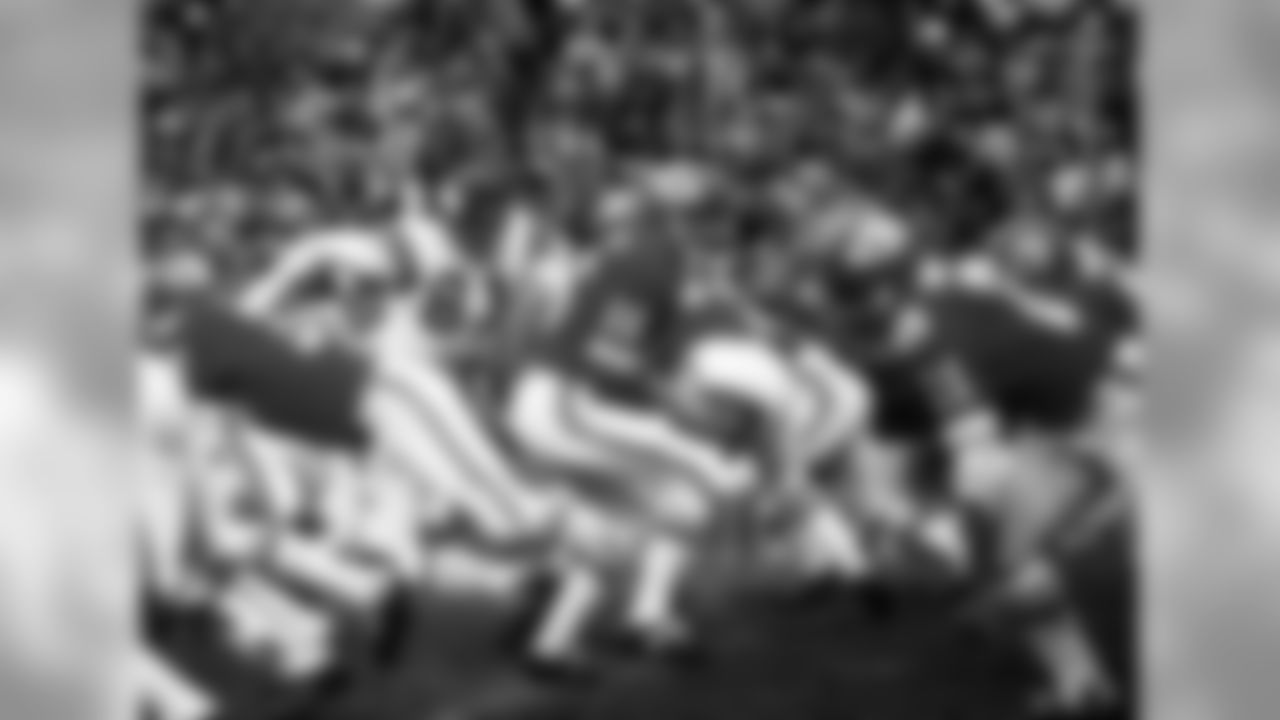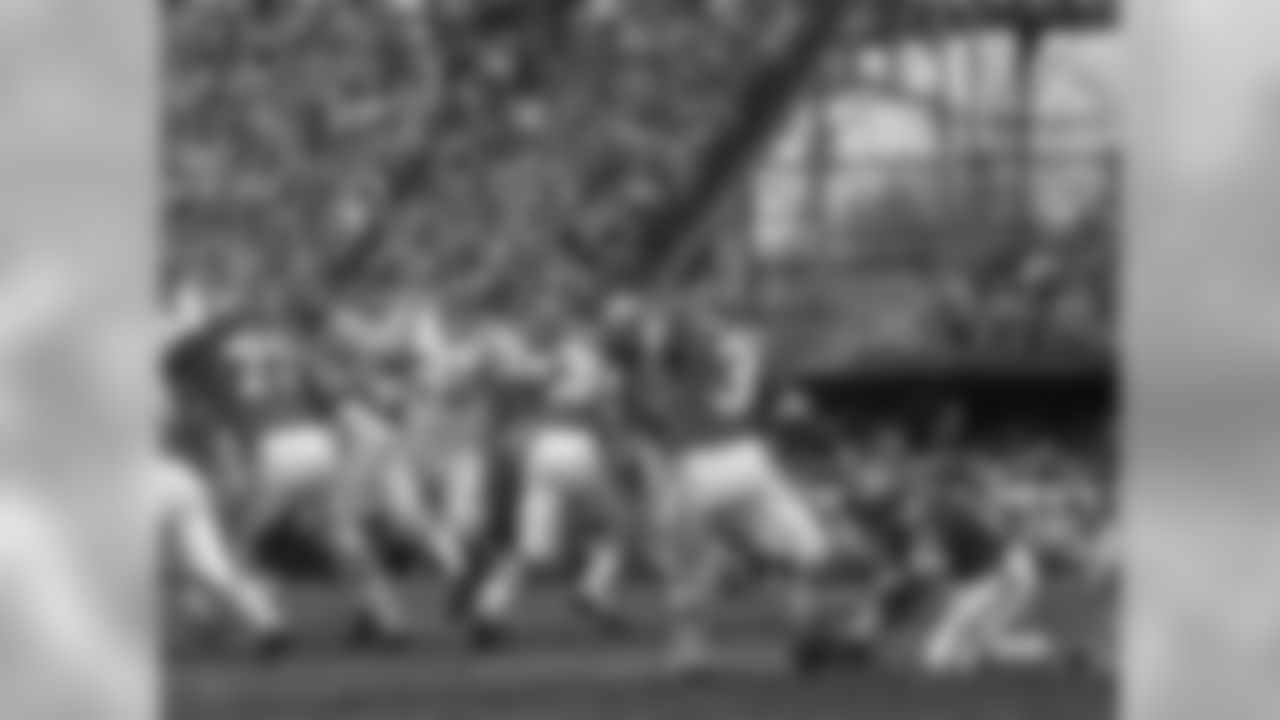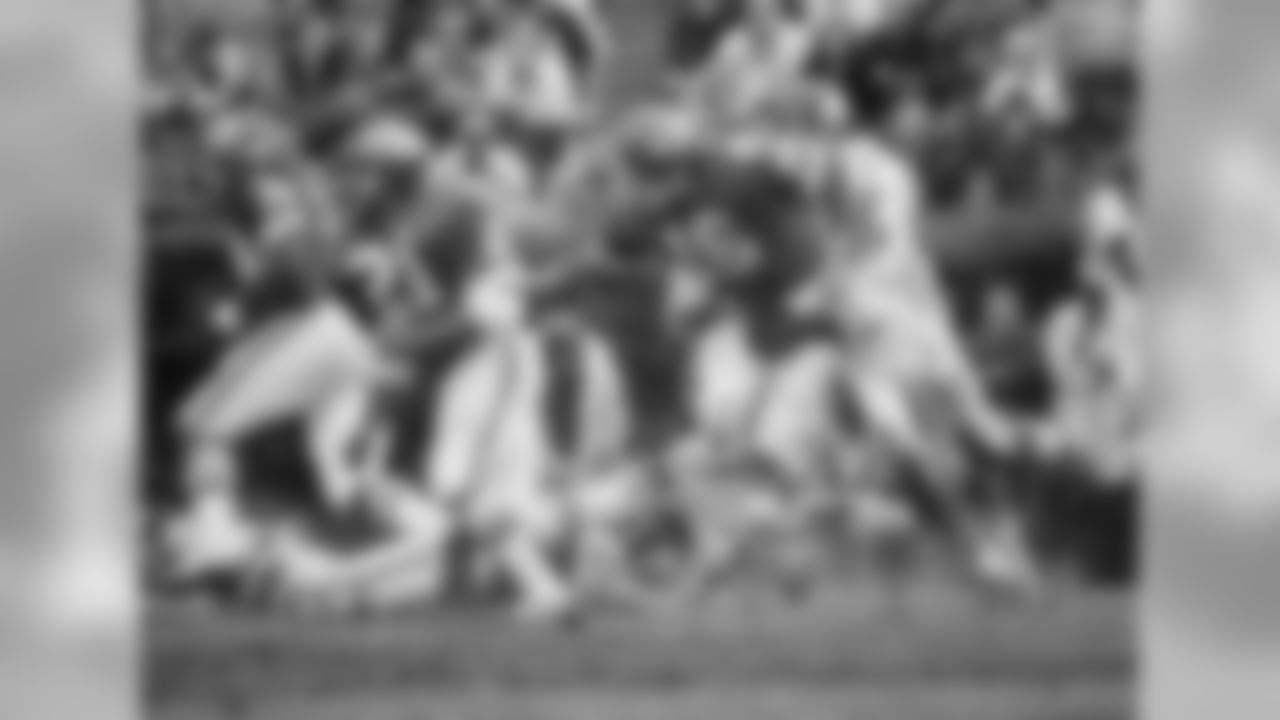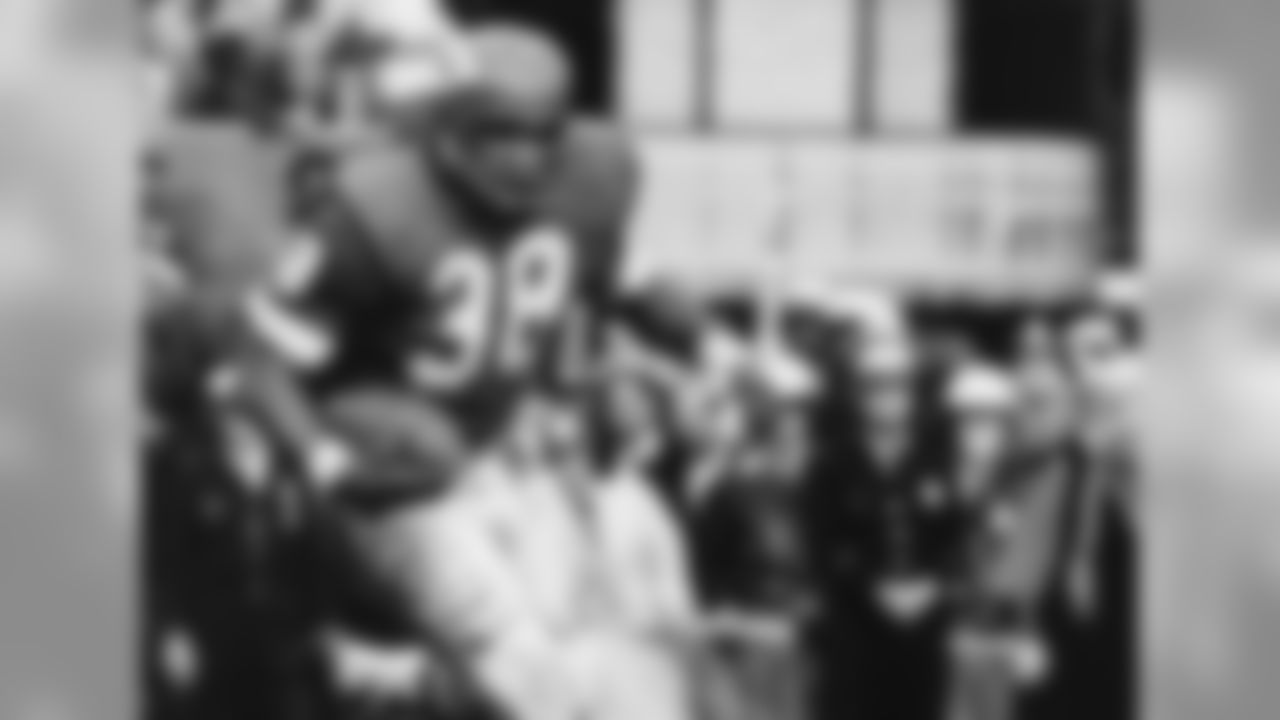This is the conclusion of a two-part series on a gambling probe that impacted the Chiefs on the eve of their Super Bowl IV championship.

Imagine a similar report on the Dawson gambling probe on the eve of today's Super Bowl extravaganza. It has become the most conventional of conventional wisdom that no amount of coverage is too much. There is, after all, a "challenge of making a splash in a new world increasingly dominated by the values of digital journalism," notes Wall Street Journal columnist Edward Kosner.
Indeed, ours is a time where Millennial Americans are decidedly connected to all the "new platforms of the digital era" - from Facebook to Twitter -- according to a study recently conducted by the Pew Research Center. Imagine how fast the news would have traveled.
Moreover, Millennial's are the most cynical and distrusting generation ever recorded, the report said. Only 19 percent think most people can be trusted. Imagine their cynicism when they heard that the gambler carried the same last name as the quarterback.
As soon as the game began, any miss-thrown pass would have drawn raised eyebrows from broadcasters followed by repeated showings of highlights and elicited immediate opinions on blogs and tweets. A fumbled football by the quarterback on a bootleg and the conspiracy theorists would have been at full throttle.
"Hall monitors," James Wolcott of Vanity Fair calls them - those people who dominate the digital age, wait for a well-known public figure to make a mistake, or just stand accused in some circles, and then quickly descend on him.
Programs would have filled hours with ex-players and former FBI investigators on set quoting rumors and plenty of someone "I spoke with who has knowledge…."references tossed around. You would find among the chattering class few, if any, cheerleaders for restraint. New Orleans would have become a one-story town, and that story wouldn't have been what was to take place on the field.. (For comparisons sake, think Bret Favre-is-thinking-of-coming-back writ large.)

THE AFTERMATH
But back in 1970, anyone who knew Len Dawson, or knew of him, could not believe he would knowingly associate with such a person or compromise his team's chances for a world championship. Respect for sports stars of that time still carried some weight.
The support for Dawson was overwhelming from the moment the story broke until after the game. Moreover, Dawson did not see a reason to run for cover or assemble a team of attorneys to protect him. He simply told NFL commissioner Pete Rozelle what he knew – and apparently the league already knew plenty of gambler Dawson -- and that was enough for the man in charge. It was also enough for long-time Kansas City Star sports editor Joe McGough, who said of the quarterback in a column, "there is no subterfuge in the man."
Even the president of the United States was quick to get into the act, throwing his support to the Chiefs quarterback. Before the game was even played, Stram had received a call from Richard Nixon, a football fan of the first order, who told the head coach without any prompting that he knows "there's not anything to the rumors that were let out early in the week, and Lenny shouldn't let it upset him." Can you imagine a president today issuing such a statement in advance of a supposed ongoing investigation?
Nixon was not alone in immediately speaking out on Dawson. His teammates, for sure, were with him but so were players from the Vikings and other teams and, of course, the fans. But even the nation's columnists who flocked to the Super Bowl didn't give much credence to the charge. Dawson's play further diminished its importance as he was named Super Bowl IV's MVP.
It was a different time, but change was coming.
Photo Flashback of Super Bowl IV Chiefs Win in New Orleans over Minnesota Vikings

Banner for the Super Bowl IV for the game of the Kansas City Chiefs vs the Minnesota Vikings played on January 11, 1970 at the Tulane Stadium in New Orleans, Louisiana. Super Bowl IV - Minnesota Vikings vs Kansas City Chiefs

Kansas City Chiefs' coach Hank Stram, left, holds an umbrella for quarterback Lynn Dawson after they arrived in the rain at New Orleans Airport, Jan. 5, 1970. The Chiefs, champions of the AFL, meet NFL champs, the Minnesota Vikings on Sunday at the Super

Len Dawson of the Kansas City Chiefs runs through passing drills with receivers in New Orleans on Jan. 10, 1970 to prepare for the Super Bowl. Dawson will be the starting quarterback in the fourth annual World Championship game.

Pro Football Hall of Fame and Kansas City Chiefs quarterback Len Dawson (16) calls the play in the huddle during the Chiefs 23-7 victory over the Vikings in Super Bowl IV on 1/11/1970 at Tulane Stadium in New Orleans Louisiana. Super Bowl IV - Minnesota

Kansas City Chiefs quarterback Len Dawson (16) turns around to hand the ball off to running back Mike Garrett (21) in Super Bowl IV in New Orleans, Louisiana, Jan. 11, 1970, against the Minnesota Vikings.

Kansas City Chiefs place kicker Jan Stenerud kicks a field goal against the Minnesota Vikings in Super Bowl IV in Louisiana, Jan. 11, 1970.

Kansas City place kicker Jan Stenerud kicks a 48-yard field goal in the first quarter of Super Bowl action against the Minnesota Vikings, Jan. 11, 1970,

Kansas City Chiefs' coach Hank Stram walks on the field prior to the Super Bowl game with the Minnesota Vikings in New Orleans, Jan. 11, 1970. The stands in the background are starting to fill up as game time nears.

Kansas City Chiefs quarterback Len Dawson prepares to handoff to running back Mike Garrett (21) as running back Robert Holmes (45) and guard Ed Budde (71) lead the play during the Super Bowl in New Orleans on Jan. 11, 1970.

Kansas City quarterback Len Dawson is grabbed by a Minnesota defender after handing off to running back Mike Garett during first half action in the Super Bowl in New Orleans on Jan. 11, 1970. Garrett scored a touchdown on the play.

Kansas City Chiefs linebacker Jim Lynch (51) opposing the Minnesota Vikings offense in the Chiefs 23-7 victory over the Vikings in Super Bowl IV on January 11, 1970 at Tulane Stadium in New Orleans, Louisiana. Super Bowl IV - Minnesota Vikings vs Kansas

Kansas City Chiefs guard Ed Budde (71) lines up during Super Bowl IV, a 23-7 victory over the Minnesota Vikings on January 11, 1970, at Tulane Stadium in New Orleans, Louisiana. Super Bowl IV

Kansas City Chiefs running back Wendell Hayes (38) runs in the open field during Super Bowl IV, a 23-7 victory over the Minnesota Vikings on January 11, 1970, at Tulane Stadium in New Orleans, Louisiana. Super Bowl IV

Kansas City Chiefs Coach Hank Stram is carried from the field, Jan. 11, 1970, in New Orleans, after his team defeated the Minnesota Vikings in Super Bowl IV. Stram has been with Kansas City since the league started in 1960.
Epilogue
Earlier this year, the public seemingly became outraged by reports that there was a noticeable increase in misbehavior by college basketball coaches resulting in a rise of technical fouls and expulsions from games. The report grew legs and cries followed for a crackdown on coaches and even calls for more dismissals. In turn, media coverage grew.
But, as it turned out, a report surfaced in the Wall Street Journal, determined to look deeper into the matter, that it was not so, revealing information that there was no increase and it was no different than in the past. It simply appeared so because more people saw the behavior replayed again and again on the web and on television. The new information went largely unreported by other media.
It is a different time, for sure.













